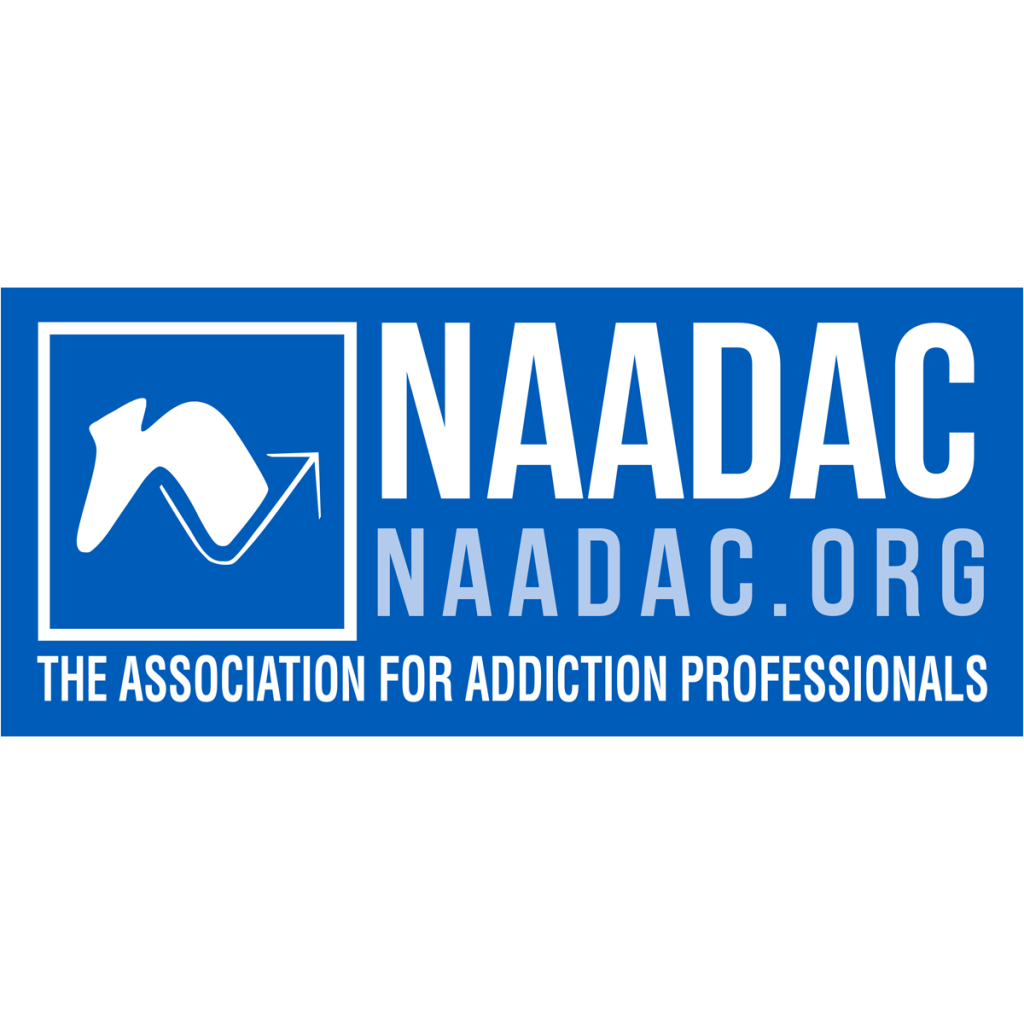
Table of contents
Take a moment to consider what comes to mind when you think of a stereotypical alcoholic: Is it someone who constantly drinks entirely too much to the point of appearing disheveled or not entirely put together, slurs their words, causes embarrassing scenes during social functions or family events, and whose life is generally falling apart because they cannot control their alcohol use? While this may be true in many cases of alcohol addiction, it is not always the reality for every person who suffers from it. There are also those who seem to maintain completely normal, successful lives from an outside perspective while also living with an active, although hidden, addiction to alcohol. Read on to find out if you or someone you know may show signs of living as, or with, a high-functioning alcoholic and what steps can be taken to break the cycle of addiction.
The Prevalence of Alcohol Use in the U.S.
Almost 21 million Americans suffer from at least one addiction, while only 10 percent seek treatment of any kind. Alcohol is by far the most prevalent among them. According to the 2019 National Survey on Drug Use and Health (NSDUH), 85.6 percent of people aged 18 and older reported drinking alcohol at some point in their lifetime, 69.5 percent reported drinking in the past year, and 54.9 percent reported drinking within the past month [1]. These statistics show just how widespread alcohol use in the U.S. is and the potentially detrimental effects it can have on those who become addicted. Alcohol Use Disorder (AUD), formerly known as alcoholism, is more than the inability to put down a bottle, glass, or can once someone has started drinking. It is a real and diagnosable medical condition that affects people every day all over the world in staggering numbers, regardless of their gender, age, race, or income level. Roughly 300 million people worldwide suffer from AUD, and nearly 88,000 people die as a result of alcohol-related issues every year in the United States alone. Although 15 million American adults meet the criteria for an alcohol use disorder, only about 7 percent of those people ever seek or receive treatment [2].
Subtypes of Alcohol Use Disorder
In an effort to dispel the popular misconception of the so-called ‘typical alcoholic’, researchers at the National Institute on Alcohol Abuse and Alcoholism conducted a study to provide a more broad overview of the types of people who are most commonly affected by abuse, and their findings are broken down into five distinct subtypes:
- Young Adult Subtype: 31.5 percent of U.S. alcoholics. Young adult drinkers, who have relatively low rates of co-occurring substance abuse and other mental disorders, a low rate of family alcoholism, and who rarely seek any kind of help for their drinking.
- Young Antisocial Subtype: 21 percent of U.S. alcoholics. More than half have a history of addiction in their family, and roughly half have a diagnosis of antisocial personality disorder, which may co-occur with major depression, anxiety, or bipolar disorder. Approximately 1/3 or people in this subtype seek treatment for their drinking problem.
- Functional Subtype: 19.5 percent of U.S. alcoholics, who are generally middle-aged, well-educated and have stable jobs and home lives. About one-third have a family history of alcoholism, about one-quarter had major depressive illness sometime in their lives.
- Intermediate Familial Subtype: 19 percent of U.S. alcoholics. Middle-aged, with 50 percent of those surveyed reporting a family history of alcohol abuse. Almost half had clinical depression, and 20 percent had bipolar disorder. Roughly 25 percent sought some sort of treatment for their problem drinking.
- Chronic Severe Subtype: 9 percent of U.S. alcoholics. Middle-aged, with substance abuse problems beginning from a young age, and 80 percent of those surveyed had a multigenerational family history of alcoholism. Antisocial, bipolar, and anxiety disorders were common, as was major depression. Two-thirds of these individuals sought help for their drinking problems, making them the most common type of alcoholics in treatment [3].
What is High-Functioning Alcoholism?
A high-functioning alcoholic (HFA) is a person who is often able to maintain their job or career, professional relationships, friendships, and a positive family dynamic at home while also meeting much of the criteria for having an alcohol use disorder (AUD). High-functioning alcoholics account for 19.5 percent of total alcoholics in the U.S., with 33 percent also having a multigenerational family history of alcohol use disorder [4].
Many HFAs are not viewed as alcoholics by those around them because they do not fit the common, perceived alcoholic stereotype. Unlike the stereotypical alcoholic, high-functioning alcoholics may have been successful or even over-achievers throughout their lifetimes, and this can lead to the denial of alcohol use disorder not only by the HFA, but also by their co-workers, family members, friends, and even spouses or partners who share the same household.
Related post: Treatment Options for High-Functioning Alcoholics
Warning Signs of High-Functioning Alcoholism
Although high-functioning alcoholics may go to great lengths to keep their alcohol abuse concealed from others, there are many ‘red flags’ that could indicate you or someone you know has a hidden addiction to alcohol that needs to be addressed. These include:
- Avoiding or disregarding any perceived criticisms about your/their drinking
- Concealing how much alcohol you/they are consuming, such as drinking before or after an event, sneaking alcohol when at an event where alcohol isn’t served, or stashing alcohol around the house, in the car, etc. to drink when you’re/they’re alone
- Continuing to drink while knowing that it has caused or worsened physical or mental health problems
- Denial of a drinking problem because of a lack of severe consequences in personal or professional life
- Taking care not to seem like a stereotypical image of an alcoholic, i.e. maintaining a well-kept appearance, a clean and tidy home, etc.
- Consuming large quantities of alcohol and not appearing intoxicated
- Drinking during lunchtime hours during work, either alone or with coworkers (and/or encouraging others to partake with you/them)
- Using impaired judgment while drinking in situations that can be dangerous, such as before driving
- Justifying drinking as a reward for doing a good job or to cope with stressful situations
- Lying to yourself/themself and/or others about how much you are drinking and how strong personal drinks are
- Attempting to show that your/their drinking isn’t an issue by making comparisons to people who have experienced worse problems due to their drinking
- Constantly thinking about how and when you/they will be able to have another drink
- Trying and failing to control how much alcohol is consumed on a regular basis [4]
Related post: Benefits of Outpatient Addiction Treatment for Executives
There Are Treatment Options For High-Functioning Alcoholics
If you or someone you know have experienced the negative effects of AUD or believe that you may have developed problematic drinking habits and need additional support to help you stop drinking, please call Nova Recovery Center at (888) 427-4932 or contact us online today to learn more about how inpatient drug rehab in Austin or Houston, TX, can help you begin your lifelong journey to sobriety.
References:
- Alcohol Facts and Statistics | National Institute on Alcohol Abuse and Alcoholism (NIAAA) (nih.gov)
- Addiction Statistics – Facts On Drug And Alcohol Use – Addiction Center
- Researchers Identify Alcoholism Subtypes | National Institutes of Health (NIH)
- What is a High Functioning Alcoholic? (americanaddictioncenters.org)





